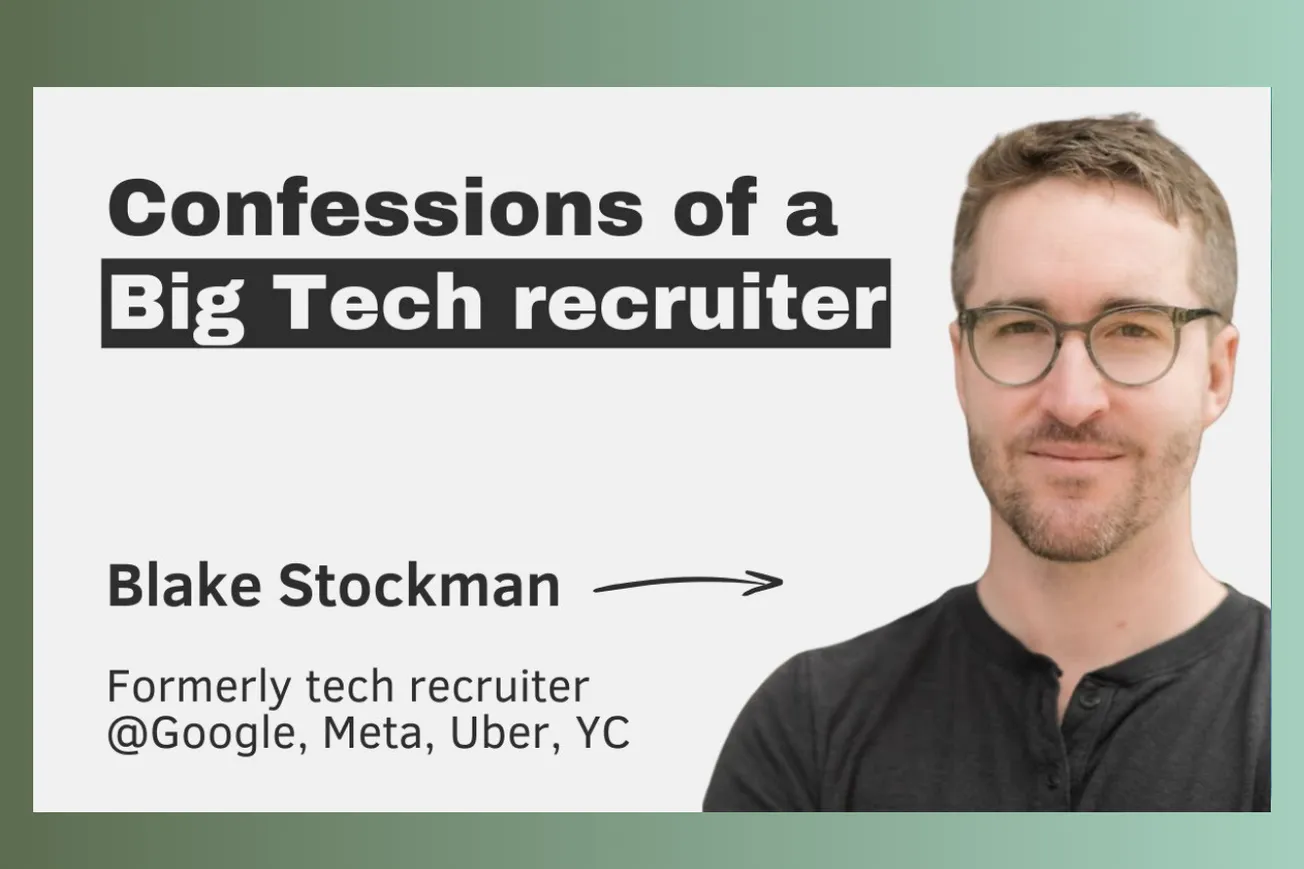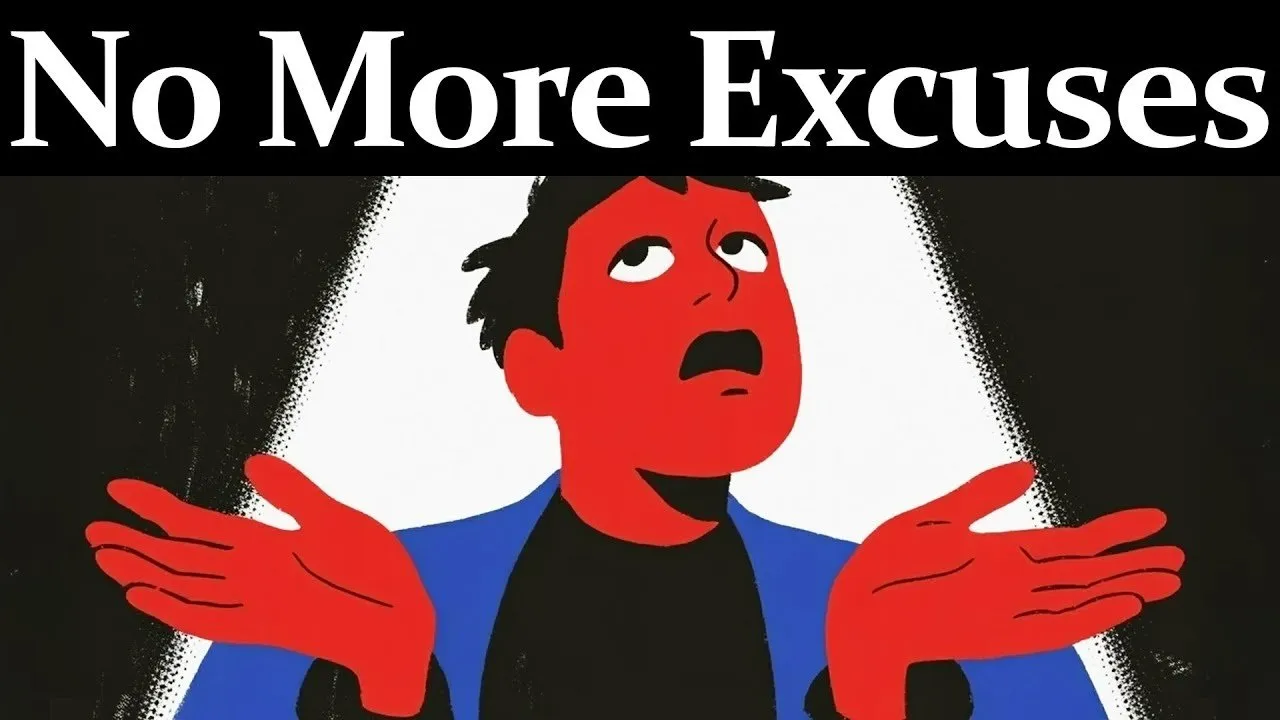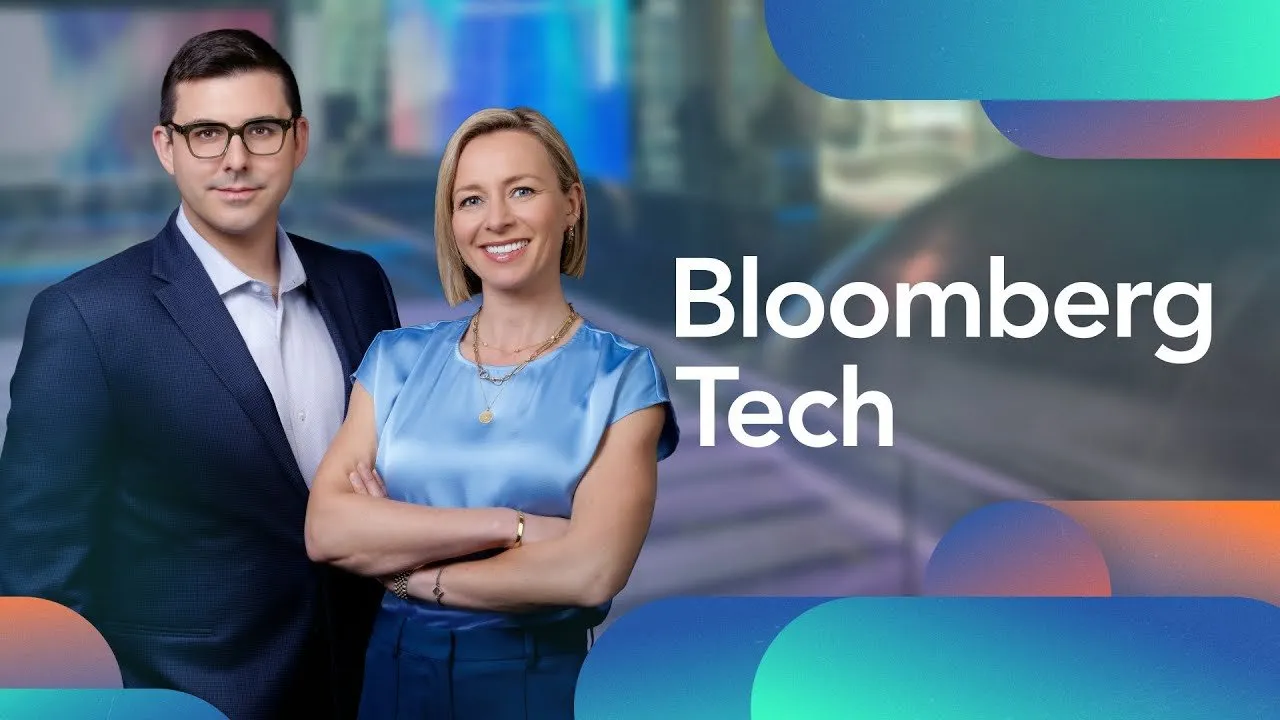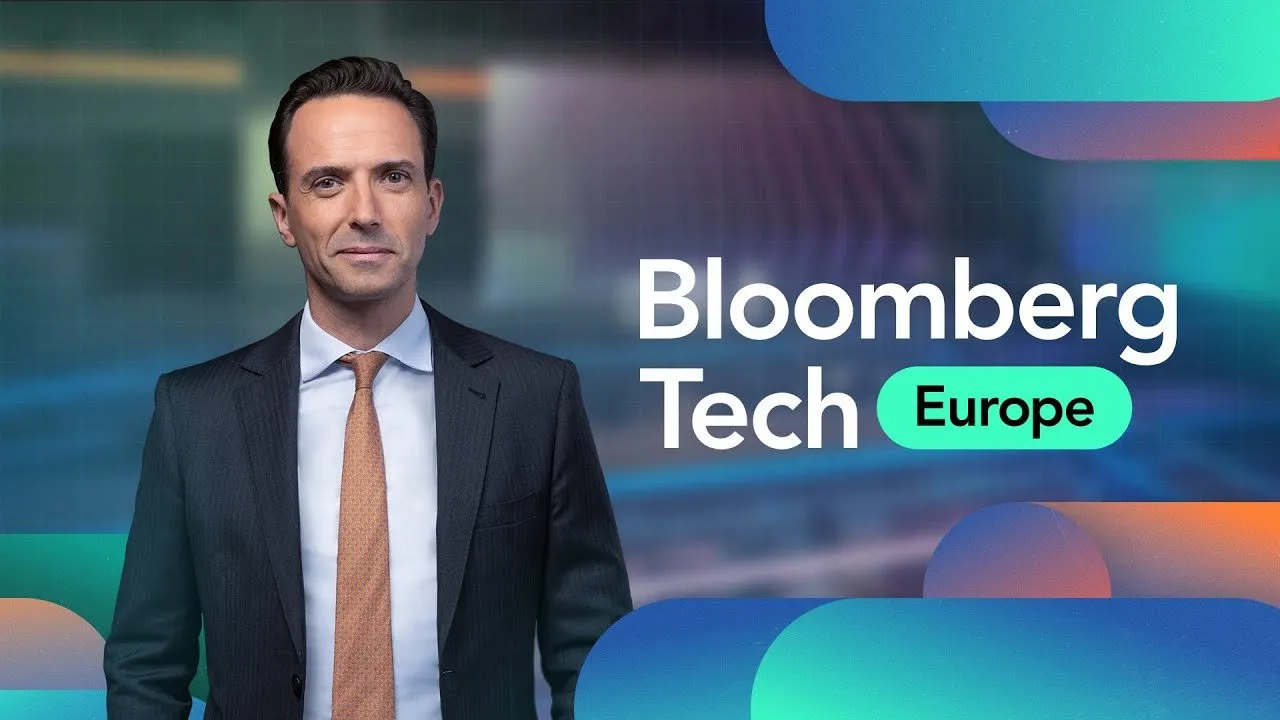Table of Contents
Former big tech recruiter Blake Stockman reveals insider strategies for negotiating offers, working with recruiters, and navigating hiring processes at Google, Meta, and Uber.
A former Google, Meta, and Uber recruiter shares unfiltered insights about tech hiring, salary negotiation, and finding the best startup opportunities.
Key Takeaways
- Recruiters are on your side when they believe you're a good hire—build authentic relationships while being strategic about salary disclosure
- Never state compensation expectations upfront; instead ask companies to present fair offers that reflect your perceived value to the organization
- Calibration between recruiters and hiring managers prevents weeks of wasted effort by aligning expectations before candidate outreach begins
- Most hiring decisions involve trade-offs with only 20% being unanimous "yes" votes across all interviewers in the process
- Desperate hiring decisions driven by headcount pressure or tight deadlines consistently lead to poor outcomes for both companies and candidates
- Startup equity requires investor-level due diligence including understanding strike prices, valuations, and company financial projections before accepting offers
- Y Combinator's Work at a Startup platform and top VC firm portfolio pages provide the best resources for discovering promising early-stage opportunities
- LinkedIn profiles should focus on business problems solved and domain expertise rather than just technical skills or generic software engineering descriptions
Timeline Overview
- 00:00–01:40 — Intro: Blake's background as recruiter at Google, Meta, Uber, and Y Combinator before transitioning to law school
- 01:40–06:11 — Tips for working with recruiters: Building authentic relationships, avoiding salary disclosure, and understanding recruiter incentives and motivations
- 06:11–09:48 — Why hiring managers should have more conversations with recruiters: Leveraging recruiter insights, getting candidate feedback, and improving borderline hiring decisions
- 09:48–13:38 — A behind-the-scenes look at the hiring process at big tech companies: Headcount allocation, recruiting team structures, and operational challenges
- 13:38–16:46 — How hiring worked at Uber when Gergely and Blake were there: Partnership model, weekly syncs, and collaborative hiring strategy development
- 16:46–18:11 — An explanation of calibration in the recruitment process: Aligning expectations, talent mapping, and preventing wasted recruiting effort through upfront planning
- 18:11–20:49 — A case for partnering with recruitment: Benefits of collaborative approach, market reality adaptation, and strategic hiring initiatives like international recruitment
- 20:49–25:30 — The different approaches to recruitment Blake experienced at different organizations: Google's centralized pipeline vs Uber's direct manager partnerships
- 25:30–31:34 — How hiring decisions are made: Debrief processes, trade-off discussions, and the reality that perfect candidates are rare
- 31:34–33:21 — The differences between hiring at startups vs. large, established companies: Risk implications, bias introduction, and impact of individual hiring decisions
- 33:21–36:30 — Reasons desperate decisions are made and problems that may arise: Timeline pressures, business deadlines, and inexperienced manager expectations
- 36:30–38:55 — The problem of hiring solely to fill a seat: Headcount pressure, political dynamics, and avoiding regrettable hiring decisions
- 38:55–40:24 — The process of the closing call: Offer preparation, recruiter training, and setting up follow-up conversations with hiring managers
- 40:24–43:27 — The importance of understanding equity: Strike prices, valuations, company projections, and treating equity as investment decisions
- 43:27–48:38 — Tips for negotiating: Transparency laws, avoiding first offers, leveraging multiple offers, and working with recruiters professionally
- 48:38–53:58 — How to find the best startup opportunities, and how to evaluate if it's a good fit: Y Combinator resources, VC firm portfolios, and interpersonal evaluation
- 53:58–55:48 — What to include on your LinkedIn profile: Basic information, business domain context, and avoiding essay-length descriptions
- 55:48–1:00:09 — A story from Uber and why you should remember to thank your recruiter: Life-changing impact, professional relationships, and career networking value
- 1:00:09–END — Rapid fire round: Cold email strategies, difficult recruiting roles, and book recommendations
Building Strategic Relationships with Tech Recruiters
The relationship between candidates and recruiters operates as a professional partnership with inherent tensions that require strategic navigation while maintaining authenticity and mutual respect throughout the hiring process.
- Recruiters advocate for candidates they believe will succeed when they've built genuine connections and confidence in the person's ability to contribute effectively to the organization
- Salary expectations should never be disclosed upfront as this creates anchoring that limits negotiation potential, with candidates best served by requesting fair offers based on perceived value
- Professional incentives align with candidate success since recruiters are measured on successful placements rather than minimizing compensation packages for new hires
- Authentic communication builds trust and advocacy while recognizing that recruiters serve as company stewards who must balance candidate and organizational interests strategically
- Information sharing requires strategic boundaries around compensation expectations while being transparent about career goals, interests, and professional motivations during the process
- Recruiter expertise provides market insights about industry trends, company cultures, and realistic expectations that can inform career decisions beyond immediate hiring outcomes
The most effective candidate-recruiter relationships develop when both parties recognize their shared interest in finding the right professional fit rather than treating the interaction as adversarial negotiation.
The Hidden Dynamics of Big Tech Hiring Processes
Large technology companies operate complex hiring systems with multiple layers of review and approval that create both objectivity benefits and significant operational challenges for managers and candidates.
- Headcount allocation occurs months before actual hiring begins with companies like Facebook and Uber not receiving clear hiring goals until February or March for the entire year
- Centralized vs decentralized approaches create different candidate experiences with Google using broad pipelines while Uber emphasized direct manager-recruiter partnerships for specific team needs
- Recruiting team structures vary significantly across organizations with the most effective models creating direct partnerships between recruiters and individual hiring managers rather than transactional relationships
- Committee-based decision making increases at company scale requiring multiple layers of review and approval that can delay hiring decisions for weeks or months
- Operational complexity grows with organizational size as larger companies implement more systematic checks and balances to prevent poor hiring decisions across thousands of employees
- Partnership models enable more effective closing scenarios where recruiters understand team dynamics and can address candidate concerns with specific, authentic information about work environments
The contrast between Google's emotionally removed interview processes and Uber's direct involvement model demonstrates how organizational structure directly impacts hiring effectiveness and candidate experience.
The Art and Science of Recruitment Calibration
Successful hiring at scale requires extensive upfront alignment between recruiters and hiring managers to prevent wasted effort and ensure candidate quality matches organizational expectations and team needs.
- Talent mapping identifies companies with relevant domain expertise where candidates can ramp quickly and contribute immediately rather than requiring extensive onboarding and skill development
- Pre-planning prevents weeks of misaligned recruiting effort by establishing clear criteria for candidate evaluation before beginning outreach and screening processes
- Calibration exercises involve hiring managers identifying ideal candidates to help recruiters understand preferences and develop effective sourcing strategies for similar profiles
- Regular synchronization meetings maintain alignment as market conditions change and team needs evolve throughout extended hiring processes that can span multiple months
- Partnership approaches treat recruiting as collaborative function rather than transactional service where managers simply request candidates and wait for delivery of qualified applicants
- Market reality adaptation helps managers adjust expectations when initial requirements prove unrealistic given available talent pools and competitive compensation landscapes
- Strategic hiring initiatives emerge from collaborative planning such as international recruitment trips that expand candidate pools beyond traditional geographic boundaries
The investment in calibration and ongoing partnership consistently produces better hiring outcomes than transactional approaches where requirements are communicated once and never revisited.
How Hiring Decisions Really Get Made
Behind the scenes of tech hiring lies a complex reality where perfect candidates are rare and most decisions involve careful trade-off analysis based on incomplete information from brief interview interactions.
- Unanimous approval occurs in only 20% of successful hires with most decisions requiring managers to weigh strengths against weaknesses and make informed compromises about candidate fit
- Written feedback enables more informed discussions by allowing interviewers to review detailed notes asynchronously before participating in debrief conversations about candidate evaluation
- Hiring managers ultimately own the decision regardless of interviewer feedback, as they must work with the person daily and take responsibility for both positive and negative outcomes
- Interview signals provide imperfect snapshots that can never fully capture someone's professional capabilities or team fit, requiring managers to extrapolate from limited data points
- Trade-off discussions focus on team needs and candidate strengths rather than seeking perfect matches that rarely exist in real-world hiring scenarios with human candidates
- Desperation creates poor decision-making patterns when timeline pressure or headcount requirements override careful evaluation of candidate suitability for specific roles
- Specialized skill requirements increasingly drive hiring decisions beyond general engineering competence toward specific architectural understanding and domain expertise relevant to business challenges
The gap between idealized hiring expectations and practical decision-making reality requires managers to develop comfort with uncertainty and strategic thinking about human capital investments.
Startup vs Enterprise Hiring: Risk, Bias, and Impact
The hiring stakes and decision-making dynamics differ dramatically between early-stage startups and large technology companies, creating distinct challenges and opportunities for both candidates and organizations.
- Individual hire impact scales inversely with company size making each startup hiring decision significantly more consequential for organizational success and cultural development
- Risk aversion increases at smaller companies initially before desperation sets in when hiring timelines extend beyond expectations and business pressures mount
- Bias introduction becomes more likely with fewer decision-makers as startup hiring processes typically involve fewer systematic checks and balances than enterprise committee structures
- Personal relationships carry greater weight in startup environments where candidates spend more time with founders and early employees who will directly impact their daily work experience
- Bad hire consequences multiply at early-stage companies where individual performance problems can derail entire product development cycles or team dynamics more severely
- Desperate decisions emerge from timeline and resource pressure when founders face critical deadlines or opportunities that require immediate team expansion to capture market advantages
- Larger companies provide more room for hiring mistakes through internal mobility, training programs, and performance improvement processes that smaller organizations cannot typically afford
The key insight for candidates is understanding how their potential impact and the hiring organization's risk tolerance align with their career goals and professional development needs.
Mastering Offer Negotiation and Compensation Strategy
Professional negotiation requires understanding recruiter incentives, market dynamics, and strategic information sharing to maximize compensation packages while maintaining positive relationships throughout the process.
- Compensation transparency laws are expanding rapidly across states like California, New York, and Illinois, providing candidates with baseline salary range information for more informed negotiations
- Multiple offers create the strongest negotiating position by enabling candidates to request competitive packages from their preferred company based on concrete market data
- Recruiters lack incentives to minimize compensation and are typically measured on successful placements rather than cost savings, making them potential allies in negotiation processes
- Fair offer requests without salary disclosure protect candidates from anchoring effects while demonstrating professionalism and understanding of market dynamics during initial conversations
- Best and final offer approaches work effectively when candidates express genuine interest and provide complete information about competing offers to enable comprehensive counter-proposals
- Professional relationships facilitate better outcomes when candidates work collaboratively with recruiters who can advocate internally for improved compensation packages within budget constraints
- Timing and patience enable thorough evaluation of offer components including equity details, benefits packages, and growth opportunities beyond immediate cash compensation
The most successful negotiations treat recruiters as partners in achieving mutually beneficial outcomes rather than adversaries to overcome through aggressive tactics or information withholding.
Startup Equity: Investor-Level Due Diligence for Engineers
Understanding startup equity requires the same analytical rigor that professional investors apply when evaluating companies, as engineers essentially defer cash compensation to become company owners.
- Strike prices and valuation details matter significantly for understanding potential equity upside and downside risks associated with stock option grants and vesting schedules
- Financial projections and company trajectory should be thoroughly understood before accepting offers that include substantial equity components as compensation replacement
- Future fundraising timelines impact equity value through potential dilution and valuation changes that affect the ultimate worth of stock option grants over time
- Engineering managers and founders can provide authentic perspectives on equity value and company prospects based on their own financial decisions and investment reasoning
- Due diligence conversations with finance teams help candidates understand complex equity structures and make informed decisions about compensation trade-offs with startup offers
- Investor-level analysis applies to equity decisions since candidates are essentially making personal investment choices when accepting stock options instead of higher cash compensation
- Recruiter training on equity communication varies significantly across organizations, making it essential for candidates to seek detailed financial information from qualified sources
Treating equity evaluation with the same seriousness as professional investment decisions leads to better informed career choices and financial outcomes for engineers joining startups.
Finding and Evaluating Exceptional Startup Opportunities
Discovering promising early-stage companies requires strategic research beyond traditional job boards, focusing on venture capital networks and founder quality rather than conventional recruiting channels.
- Y Combinator's Work at a Startup platform provides the most comprehensive resource for discovering early-stage companies with permanent founder access for recruiting searches
- Top venture capital firm portfolio pages offer curated lists of investment opportunities where professional investors have conducted thorough due diligence before writing significant checks
- LinkedIn becomes less effective for early-stage opportunities due to high posting costs that limit smaller companies' ability to advertise positions through traditional recruiting channels
- Venture capital talent teams work internally to connect qualified candidates with portfolio companies, creating direct pathways to promising startups through professional networks
- Personal relationships and cultural fit matter more at startups where small teams face intense challenges and require strong interpersonal connections to navigate difficulties successfully
- Hustle and independent research replace systematic job search processes when targeting early-stage opportunities that lack formal recruiting infrastructure or standardized application processes
- Professional networking through referrals becomes the primary discovery mechanism for connecting with founders and early employees at companies before they scale recruiting operations
The most rewarding startup opportunities typically require proactive outreach and relationship building rather than passive application submission through traditional channels.
Professional Networking and Career Capital
Long-term career success depends on building positive professional relationships and maintaining reputation for authenticity, helpfulness, and integrity across all interactions with colleagues and industry contacts.
- Careers span decades with lasting relationship impact making professional courtesy and helpfulness valuable investments in future opportunities and collaborative potential
- People remember emotional impressions more than specific actions emphasizing the importance of positive interactions and respectful communication during all professional exchanges
- Thank you messages create lasting positive impressions with recruiters, hiring managers, and colleagues who often work in thankless roles without regular recognition
- Professional networks become essential for career transitions as former colleagues and industry contacts provide opportunities, referrals, and advocacy for career changes and advancement
- Positive relationship investments compound over time through referrals, recommendations, and collaborative opportunities that emerge years after initial professional interactions
- LinkedIn profiles should emphasize business problem-solving and domain expertise rather than generic technical skills or essay-length personal descriptions that recruiters typically ignore
- Simple, direct communication often works best for cold outreach and professional networking, with authenticity and clarity outperforming elaborate personalization attempts
The investment in professional relationships and reputation management pays dividends throughout entire careers in ways that cannot be predicted or planned in advance.
Common Questions
Q: Should I trust my recruiter or are they working against me?
A: Recruiters advocate for candidates they believe will succeed and have professional incentives aligned with successful placements rather than cost minimization.
Q: When should I share my salary expectations with recruiters?
A: Never disclose compensation expectations upfront; instead request fair offers that reflect your perceived value to avoid anchoring negotiations.
Q: How do hiring decisions really get made at big tech companies?
A: Only 20% of hires receive unanimous approval; most involve trade-off discussions where managers weigh strengths against weaknesses.
Q: What's the best way to find promising startup opportunities?
A: Use Y Combinator's Work at a Startup platform and explore top venture capital firm portfolio pages for professionally vetted companies.
Q: How should I approach startup equity evaluation?
A: Apply investor-level due diligence including understanding strike prices, valuations, and financial projections before accepting equity-heavy offers.
Conclusion
Blake Stockman's insider perspective reveals that successful tech hiring operates as a complex ecosystem of relationships, incentives, and strategic decision-making that extends far beyond simple technical competence evaluation. His experience across Google, Meta, and Uber demonstrates how different organizational structures create vastly different hiring experiences, from Google's centralized and emotionally distant pipeline to Uber's collaborative manager-recruiter partnerships that enabled more nuanced candidate evaluation and closing strategies.
The most striking insight from Blake's career is how hiring success depends on authentic relationship building and strategic information sharing rather than adversarial negotiation tactics. Whether working with recruiters, evaluating startup opportunities, or navigating offer negotiations, the professionals who thrive long-term are those who understand the human dynamics underlying these seemingly transactional processes. The contrast between desperate hiring decisions driven by timeline pressure and thoughtful evaluation based on team needs illustrates why patience and strategic thinking consistently produce better outcomes for both companies and candidates.
Perhaps most importantly, Blake's transition from recruiting to law school while maintaining strong industry relationships demonstrates the lasting value of professional courtesy and authentic communication. His experience shows that careers in technology are built on networks of mutual respect and collaborative problem-solving, where today's recruiter becomes tomorrow's legal counsel and yesterday's hiring manager provides tomorrow's career opportunity. The investment in positive professional relationships and reputation management pays dividends in unpredictable ways throughout entire careers.
Practical Implications
- Never disclose salary expectations upfront and instead ask companies to present fair offers that reflect your perceived value to the organization
- Build authentic relationships with recruiters by being honest about career goals while maintaining strategic boundaries around compensation information
- Invest time in calibration conversations with recruiting partners to align expectations and prevent wasted effort during hiring processes
- Treat hiring decisions as trade-off analysis rather than seeking perfect candidates, focusing on strengths that align with immediate team needs
- Avoid desperate hiring decisions driven by timeline pressure or headcount requirements that consistently lead to poor long-term outcomes
- Apply investor-level due diligence to startup equity including understanding strike prices, valuations, and financial projections before accepting offers
- Use Y Combinator and VC firm resources for discovering promising early-stage opportunities beyond traditional job board searches
- Focus LinkedIn profiles on business problems solved and domain expertise rather than generic technical skills or lengthy personal descriptions
- Practice professional courtesy consistently including thanking recruiters and maintaining positive relationships throughout all career interactions
- Leverage multiple offers strategically by working with preferred companies to create competitive packages based on concrete market data
- Understand that only 20% of hires receive unanimous approval and prepare to articulate your strengths while acknowledging areas for growth
- Research company equity structures thoroughly and ask for detailed financial information from qualified sources before making compensation decisions





